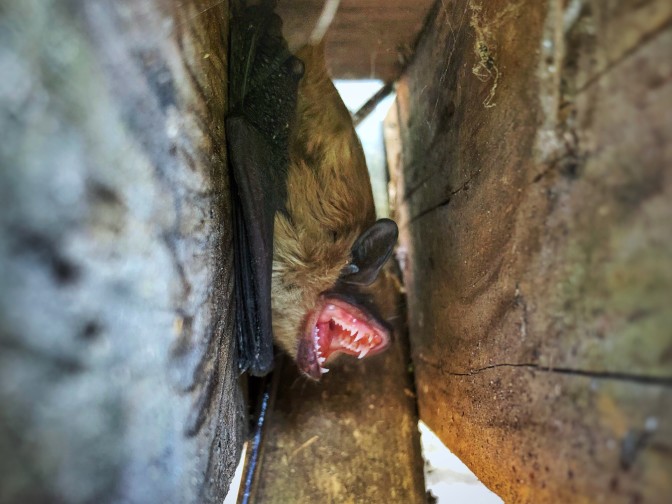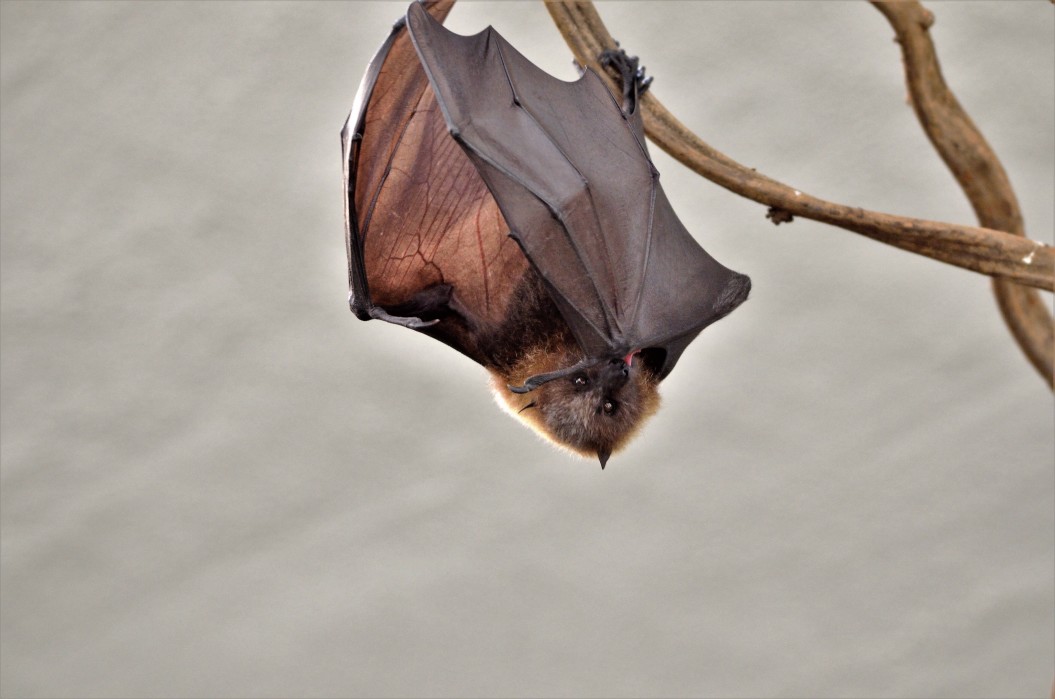The Animals Could Be Sticking Around Longer
Bats season could be significantly extended in Texas this year. The largest urban bat colony may be sticking around a lot longer due to warmer than average temperatures and some of them being sick. The biggest reason bats migrate south is for a food source and with temperatures remaining warm, insects are abundant and therefore bats have something to eat. Cold weather also works as a trigger to leave for bats, who like temperatures in the 70s, 80s and 90s.
Warmer temperatures also means an increased likelihood that an invasive species of bat may migrate farther north. The vampire bat, native to South and Central America and Mexico, may begin moving into parts of Florida and southern Texas. This has caused concern for farmers especially because they may feed on livestock and cause an increased spread of rabies.
For more information on bats and diseases they carry, check out The Critter Squad Inc.
Austin’s warm weather has extended bat season
It’s almost always bat season in Austin.
Globs of residents and visitors drape themselves on the Congress Avenue Bridge every night between March and early November to watch the roughly 1.5 million Mexican free-tailed bats fly from beneath their feet.
In the past three to five years, thousands of bats in the world’s largest urban bat colony have been extending their stay in town because Austin’s average temperatures have gotten warmer or because the animals are sick, said Sarah Whitson, a wildlife officer for Austin Animal Protection.
Summary: Bats season could be significantly extended in Texas this year. The largest urban bat colony may be sticking around a lot longer due to warmer than average temperatures and some of them being sick.
Vampire Bats Could Expand Range into U.S. as Climate Warms
Vampire bats are native to South and Central America and Mexico. They like warm, humid areas and struggle if temperatures drop below 50 degrees Fahrenheit.
But winters are getting warmer as the climate changes, so the bats may move north, even going as far as Florida or southern Texas.
“What people are most concerned about with vampire bats is them feeding on livestock and then passing rabies virus,” says bat ecologist Mark Hayes.
Summary: The vampire bat, native to South and Central America and Mexico, may begin moving into parts of Florida and southern Texas. Climate change has been causing warmer winters and has disrupted the natural habitat of the species.


